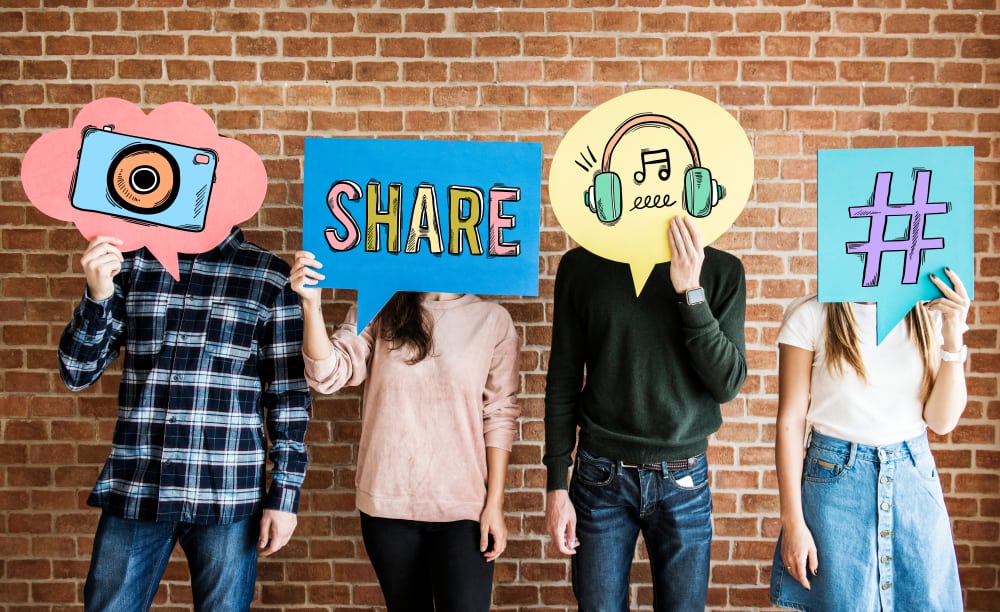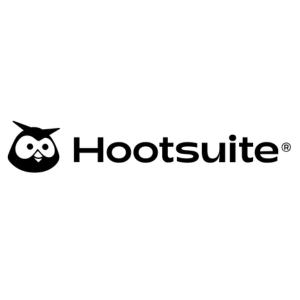Insights
INSIGHTS
All Topics
Some of the best digital campaigns of recent years
28 Sep 2018by Chloe Green
Charity Digital showcases the boldest and best charity digital campaigns from charities around the UK
From powerful VR/AR experiences to inspiring crowdfunded storytelling projects and educational apps, we celebrate the most innovative and impactful charity digital campaigns out there.
Some are from UK charities you may have heard of, others you haven’t, but all of them showcase the imaginative use of digital technology to inform, raise funds and bring awareness to great causes.
Here are our favourites from 2018 so far - stay tuned as we update our list towards the end of the year.
Charity: Dyslexia Association Campaign: A Moment of Dyslexia, July 2018
What they did: In an awareness-raising campaign to encourage dyslexic-friendly workplaces, ‘A Moment of Dyslexia’ saw dynamic long-form text appear on displays in two key locations. Facial-detection technology measured when people stopped to read the text so that the longer people looked, the more jumbled the words and letters became, to reflect what it’s like living with dyslexia.
Who helped: Marketing agency Leo Burnett London and Look Out, Ocean’s audience facial detection technology.
Why we like it: A surprising use of facial detection technology in a public space that really brings people out of their everyday lives for a moment to experience life as a dyslexic person - a great example of ’show don’t tell’ in charity storytelling, and some creative thinking about context and location.
Campaign: #GoParksLondon, July 2018
What they did: This summer campaign designed to encourage people to visit and explore parks throughout Love Parks Week included a social media competition encouraging people to visit a park they’d never been to before and share photos using the hashtag. It also highlighted many of the fun free events happening from butterfly surveys to walking groups and community picnics. People could also generate ’digital trails’ using a detailed online map of London’s parks, including amnenities such as rest stops, pubs and toilets (the map is still live).
Who helped: Greenspace Information for Greater London, Urban Good CIC and Ordnance Survey.
Why we like it: Fantastic use of social media and well-executed interactive geodata to highlight the abundance of green spaces and things to do in and around London.
Charity: Roy Castle Lung Foundation Campaign: Workplace Virtuathon, February 2018
What they did: The Liverpool-based charity got supporters to run a 5K or 10K ’virtual challenge’ to raise funds for the charity and promote the importance of an active lifestyle. An eight-week lifestyle training programme is delivered through a dedicated app and includes easy-to-follow exercise workouts, videos, advice, yoga and healthy eating recipes as they train for the challenge.
Who helped: Workplace Virtuathon and Get Event Fit. Why we like it: The use of apps to support a traditional fundraising event is a great way to build a rewarding two-way rewarding relationship with fundraisers that motivates them at every step of their challenge.
Charity: RAF Benevolent Fund Campaign: Storylines, September 2018
What they did: To coincide with the RAF’s centenary year, the Storylines campaign invites users to post and share stories of Royal Air Force (RAF) life, either of their own or from their relatives. The timeline begins with stories of those that served in World War I and ends with the present day experiences of those in the RAF now, having served in Iraq and Afghanistan.
Who helped: Creative agency WPN Chameleon’s digital team, Addition.
Why we like it: The online campaign is a fitting and inspiring way to engage both existing and new supporters in a way that reflects the changing digital landscape, honouring both the present and the past.
Charity: Hope and homes for Children Campaign: End the Silence, 2017-ongoing
What they did: As part of the charity’s ’End the Silence’ campaign, it is inviting celebrities and the public to share crowdfunded ’musical memories’ of songs that remind them of their childhoods. You can listen to the tracks on an interactive website at endthesilence.com, or add your own. The idea is to spread awareness of the thousands of children around the world ’suffering in silence’ in orphanages, who grow up deprived of music and family interaction. The campaign also includes YouTube videos and a Twitter hashtag.
Who helped: Digital agency Like Digital.
Why we like it: A creative way to bring home the plight of children, without using any of the overused negative imagery that often goes along with these kinds of issues. The interactive, collaborative element makes it memorable and connects people emotionally to the cause.
Charity: St Basils Campaign: Donate Your Homepage, 2016-ongoing
What they did: West Midlands-based Youth charity St Basils’ ’Donate Your Homepage’ scheme coincides with World Homeless Day on 10th October. Local businesses have the chance to ’donate’ their company homepage by placing a St Basils branded banner encouraging people to visit St Basils website to find out more about them and sign-up to the e-newsletter to receive more information.
Who helped: Creative agency One Black Bear.
Why we like it: A unique, simple but effective twist on online advertising to encourage engagement and build relationships with the local community.
Charity: WaterAid Campaign: Everyday WaterAid
What they did: This campaign saw global staff in Madagascar, Pakistan, Bangladesh, Malawi and Zambia set out with 360 cameras to create an interactive VR video of the places they work, bringing awareness of the people, places and communities involved and how WaterAid is helping them.
Who helped: Sponsor People’s Postcode Lottery.
Why we like it: WaterAid takes advantage of now readily available 360 video technology to create an immersive experience celebrating the beauty of the places and cultures around the world that they work with. Instead of just highlighting statistics or talking about the problem, the videos help show that these are vibrant communities beyond just the challenges they face around clean water and sanitation.
Charity: Fight for Sight Campaign: Journey to the Centre of the Eye, September-October 2018
What they did: For National Eye Health Week, eye research charity Fight for Sight ran a virtual running event that involved runners or walkers downloading an app and then listening to an audio story while they undertake a ten kilometre virtual race. Participants could ‘shrink to the size of a photon’ before being taken deep into the eye. The interactive app used geo-positioning to give updates to runners at different stages of the course, revealing wonders about the eye and eye health tips along the way.
Who helped: Fitness game developer Six to start.
Why we like it: This campaign combined fundraising and education about the charity’s cause in a fun and interactive way, giving people a different perspective on a subject they may not have thought about before.
Charity: Royal British Legion Campaign: Every pin tells a tale, February 2018
What they did: As part of its ’Every Pin Tells a Tale’ campaign, the Royal British Legion released an AR (Augmented Reality) app in a bid to bring to life heroic stories from the more than 60,000 British soldiers, pilots and nurses who fell at the Battle of Passchendaele, WWI. Each limited-edition pin sold is made from British shell fuses and earth from the battlefield itself. Each comes in a commemorative box that, when scanned with the AR app, transforms into a personal story about the life of the person remembered.
Who helped: Steph and Josh, Geometry Global UK and augmented reality app specialists Blippar.
Why we like it: The combined use of a more traditional commemorative object with dynamic AR technology appeals to an inter-generational spectrum of supporters, and brings history to life in a modern context in a way that is moving, personal and interactive.
Charity: Amnesty International Campaign: The Undeniable Wonder of Family Life, March 2018
What they did: To spread awareness of its ’Families Together’ campaign, run in conjunctiom with partners including the Refugee Council, UNHCR, Oxfam and the British Red Cross, Amnesty international invited real families to spend time in a large perspex box on London’s South Bank, where the public could observe them simply enjoying everyday life such as playing or watching TV, to draw attention to the life that families who have been separated by restrictive refugee rules take for granted. It was then broadcast on Facebook Live.
Who helped: Creative agency VCCP and live streaming specialists Groovy Gecko.
Why we like it: A unique mix of living installation and online video made for powerful storytelling, bringing the private life of refugee families into the public agenda. It had a real affect- the two four hour streams were viewed by around 100,000 people. Overall the campaign generated over 15,000 emails to MPs and the Refugee Family Reuniom Bill was passed in Parliament in March 2018.
Chloe Green
More on this topic
Recommended Products
Our Events
Charity Digital Academy
Our courses aim, in just three hours, to enhance soft skills and hard skills, boost your knowledge of finance and artificial intelligence, and supercharge your digital capabilities. Check out some of the incredible options by clicking here.














